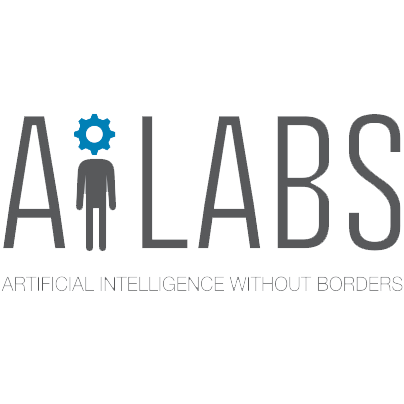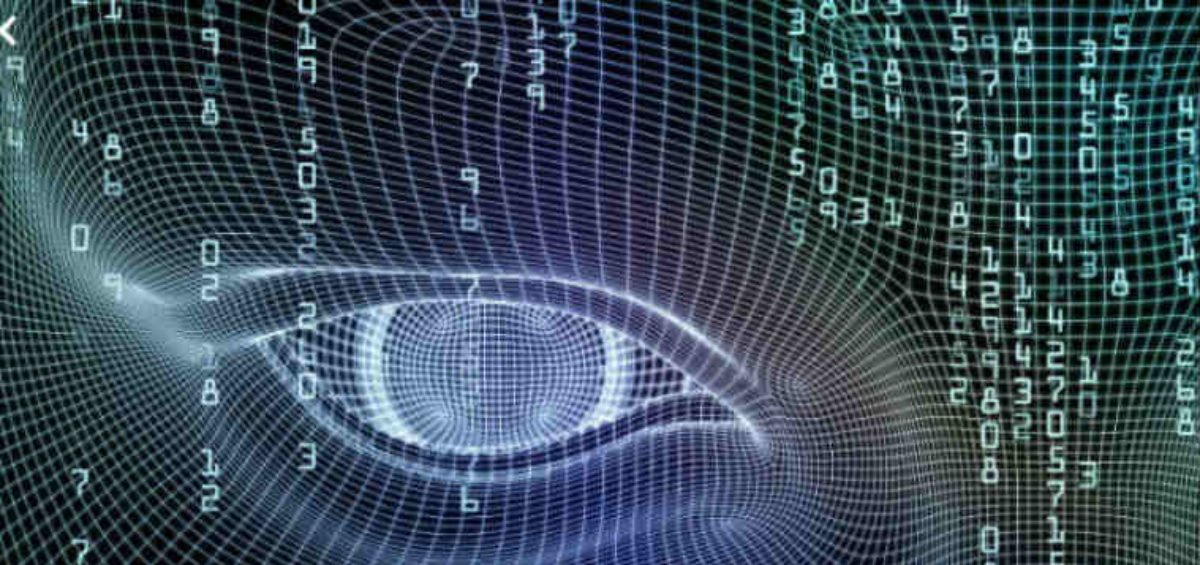This Guest Post is written By Anoushna Bardhan, USA
One of the world’s oldest problems may be tackled with one of the world’s newest solutions.
The illegal wildlife trade is estimated to be worth a staggering $23 billion a year. This illicit trade is a danger to the very existence of fragile ecosystems and wildlife species who are on the edge of extinction. The trade enables poaching which has been decreasing wildlife populations for decades. These poachers are typically tracked and thwarted by experienced rangers who use years of experience in understanding how animals move and how poachers would try to capture them. This knowledge comes from knowing animal behavior patterns of foraging, grazing, and migration. However, the rangers are poorly equipped, and also there are too few of them to monitor large territories.
That’s where the tools of machine learning and artificial intelligence come in. As we all know, these tools are very useful in identifying patterns of repeated behavior and can filter large amounts of data quickly. They could not replace the years of knowledge of a ranger, but they could be a good second. So already various international organizations are actively seeking out the benefits of AI and machine learning. AI applications are being created for a variety of purposes from monitoring animal behaviors and alerting park rangers of poachers’ whereabouts to collating research to design and strengthen protection for endangered wildlife species.
USC’s Center for AI in Society has begun to track poachers with machine learning to anticipate and detect poacher activities. They have started to fly unmanned aerial vehicles (UVAs) around forests to locate animals and stop poachers before they can harm them. USC has also developed an AI-based application that uses game theory to efficiently map routes for wildlife rangers. “Protection Assistant for Wildlife Security” also known as PAWS uses mathematical models to analyze previous data of patrol routes and poaching. It can determine which territories rangers should focus their attention on in response to poachers. The application can even randomize patrol routes so poachers cannot pick up a pattern.
AI applications are also being used in conjunction. SMART, the system used by SMART Partnership, compiles all the data collected from anti-poaching patrols such as spotted poachers traps and the trails they follow. All the data put into SMART by the rangers is then analyzed in PAWS. After analyzing the data, PAWS makes a predictive assessment of where the rangers should patrol based on poacher hotspots. PAWS even categorizes each location based on high, medium, or low risk.
AI applications are also used to accelerate the process for conservationists. Google’s Wildlife Insights can analyze an incredible 3.6 million photos per hour, in its effort to map wildlife around the globe. Likewise, DeepMind, a computer program company based in the UK, is using machine learning to detect, identify, and count animals. DeepMind’s AI analyzes millions of pictures taken at the Serengeti National Park in Tanzania. The machine learning models are trained around the Snapshot Serengeti dataset, which contains approximately 2.65M sequences of camera trap images (totaling 7.1M images).
DeepMind’s AI model can shorten the process which in the past would take up to a year. The company is also developing a pre-trained version of its AI model that would require simple hardware and limited internet connectivity, with hopes to use the advanced model in the wild.
Moreover, Facebook AI Research is repurposing its DensePose algorithm for conservation efforts. The DensePose algorithm is a machine-learning tool that is able to assess from a 2D picture of a human body what the surface of that body must be in 3D. It is able to create a computer representation of the 3D surface, which can then be used in other programs. This is a very powerful skill that humans are able to do with our training from birth — we can look at a picture of a face and guess what the face must look like in 3D. This skill is actually quite hard to program on a computer. That’s why DensePose is a very valuable effort, and Facebook has made the code and training set available to everyone. Through partnerships with the Max Planck Institute and the Pan African Program, the algorithm is being used to detect and recognize chimpanzees and learn about chimpanzee behavior.
Clearly, the tools of AI are making a big difference in the fields of animal research and animal protection. AI equips wildlife conservationists and scientists with the ability to collate, analyze, and share information across disciplines, and helps keep the conservationists a step ahead of the poachers. The initiatives discussed seem like basic applications of AI capability, and already their impact is substantial. With the rapid pace of innovation in the field of AI, we can only expect this to get better. These tools come at an opportune time for human and animal coexistence, as human societies learn to manage their growth in balance with the needs of our animal cohabitants. The irony is that human technological advances put animal habitats at risk, and yet these technological advances may help us manage a better coexistence.




Leave a Comment